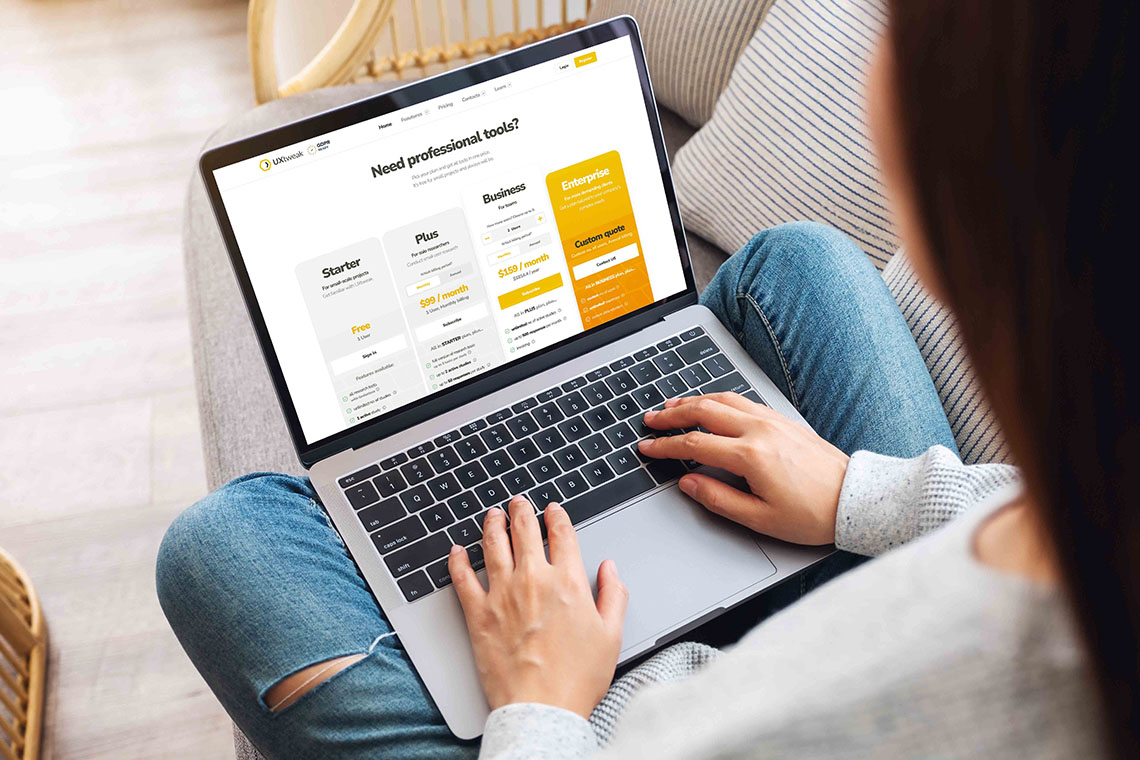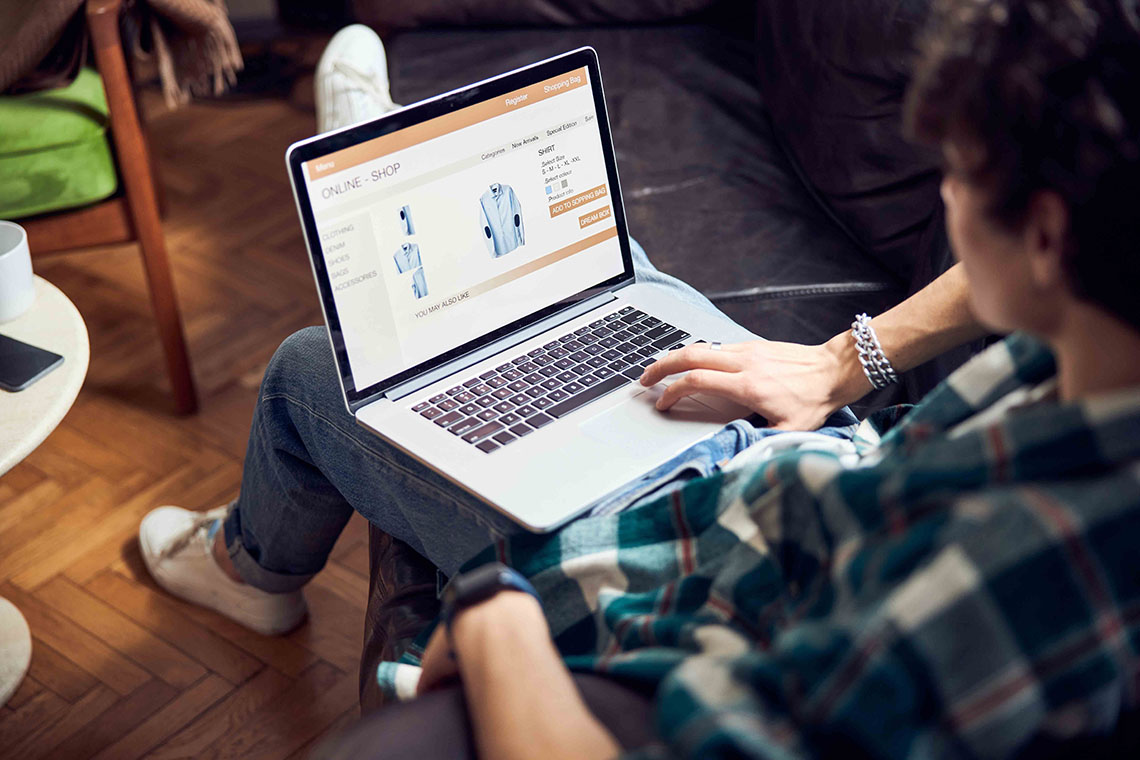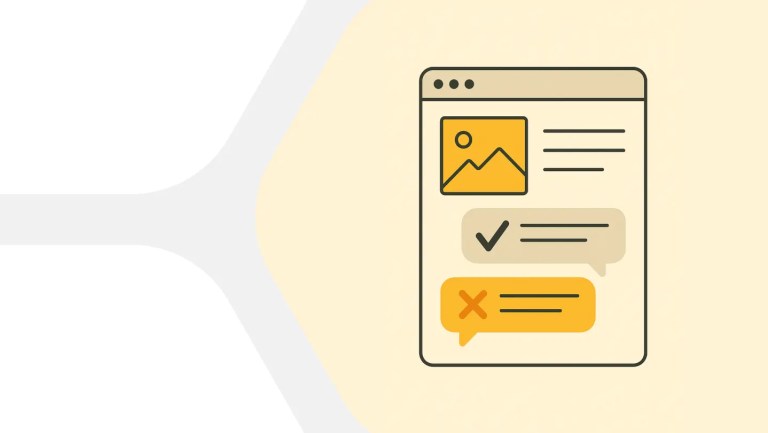🔁 Lean UX is an iterative process.
📉 Traditional UX design methods may lead to a product that does not fully meet the needs and expectations of the users.
📈 Advantages of adopting Lean UX lie in shorter time to market, improved product-market fit, reduced costs, and enhanced flexibility.
👥 Collaboration is a key part of Lean UX. UX researchers, designers, product managers, and marketers all play a critical role in the process.
🐝 The right tool can make or break your Lean UX design efforts.
As users become increasingly educated, adopting a lean UX approach may be the key to the success of your digital product.
If you are looking to learn how to unlock your product’s potential by adopting this UX development approach, look no further.
In this article, we have collected everything you need to know about lean UX, including a step-by-step process to help you hit the ground running!
What is Lean UX?

Lean UX is a user experience approach that stems from the principles of agile development methodology.
Contrary to more traditional UX approaches, it is an iterative and collaborative process that yields a set of deliverables.
The main goal of lean UX is the collaboration between the design and development team, as well as the creation of continuous user feedback loops.
Designers using the lean UX approach are not looking to create pitch-perfect wireframes but rather build a shared understanding of user needs.
Lean UX can also guide smaller teams to work closely with users and eliminate silos among cross-functional teams. This lean workflow helps remove bottlenecks and avoid delays that are a reality in more traditional UX design models.
Lean UX vs traditional UX

Traditional UX operates in a waterfall sequence. In practice, this means that first, researchers conduct user research, then designers build high-fidelity prototypes, and it’s only after that that developers begin to build the final product.
Apart from the fact that it can take a considerable amount of time to be completed, this approach often results in solutions that fail to meet the ever-changing user needs.
Contrary to the traditional UX approach, lean UX is all about building small and quick product development cycle with the implementation of user feedback throughout.
Designers, developers, and product owners are incorporated into the process from the very beginning, fostering an environment of collaboration and experimentation.
By focusing on outcomes, lean UX offers a great deal of advantages over traditional UX. Here are some of the key ones. Lean UX…
👉 permits quickly validating ideas, allowing teams to change direction quickly.
👉 promotes software building over documenting, which helps teams build faster.
👉 offers a more user-centric design approach through continuous feedback loops.
👉 encourages experimentation and innovation in rapidly changing markets.
👉 enables cross-functional team collaboration.
Steps of the Lean UX process
The lean UX approach is an iterative, collaborative, and simple approach. Here are the five steps of the Lean UX process:
Step 1: Make assumptions
The first step of the Lean UX process is to try and make assumptions about the user and the product based on what the team already knows.
These assumptions can be related to the user needs, any technical constraints, or even potential solutions. The goal of this step is to reveal any uncertainties around the product.
Step 2: Create hypotheses
Once you have outlined your assumptions, it is time to translate your assumptions into testable hypotheses. A well-crafted hypothesis should include the expected user behavior and the desired outcome.
📌 Example: ‘We think that by simplifying the payment process to three steps, we will increase the conversions by 15%’.
Step 3: Design and prototype
Next up is prototyping! Design a solution based on your hypothesis and craft a prototype where the solution can be tested. The key in this step is to keep the design simple and create just enough for the users to interact with.
💡 Pro Tip
Don’t prototype alone—collaborate with teammates early. Designers, developers, and researchers can spot gaps or improvements you might miss and help align the prototype with real user needs.
Step 4: Run experiments
Launch your test with real users. Make it quick and inexpensive.
Following our abandoned cart example, conducting user testing on the prototype or even A/B testing different abandoned cart processes would be two suitable methods to pick from!
🔽 Try it yourself with UXtweak’s prototype testing tools!
Step 5: Learn and iterate
Now it is time to translate the findings into actionable recommendations.
Implement the changes on the prototype and make sure to add additional rounds of testing to validate the positive effect of the improvements made. Continue to refine and test until you are happy with the final product.
💡 Pro Tip
Look for patterns, not just individual comments. One-off feedback can mislead, but recurring themes point to real issues worth prioritizing in your next iteration.
Key Lean UX principles

Here are some of the key lean UX principles:
💡 Focus on the user
The user is at the center of the lean UX approach. Every iteration or decision is data-driven and based on user insights.
This makes the lean UX methodology a highly user-centric approach that focuses on outcomes, which comes with a ton of benefits for the overall user experience of the product.
💡 Rapid experimentation
Iterative nature is another key principle of the lean UX approach.
Contrary to the traditional UX design methods, where the product team needs to wait until the end of the design process to test and iterate, lean UX allows for rapid iteration throughout the development phase.
💡 Shared understanding
As briefly discussed, the lean UX methodology is data-driven. This revolves around collecting and analyzing user insights at every stage of the design process.
These insights create a shared understanding and vision for the product across the different cross-functional teams.
💡 Cross-functional collaboration
Another key attribute of lean UX is cross-functional collaboration. This means that product design is based on the collaboration of cross-functional teams.
From the UX team to the development team and everything in between, all opinions are considered, leading to more effective product solutions.
💡 Continuous feedback loops
Last but not least, the lean UX approach is all about continuous improvement.
By constantly testing and iterating, product teams can keep learning and keep adapting, creating in this way more innovative and forward-thinking design solutions.
User testing with Lean UX
With lean UX depending heavily on rapid validation, having a comprehensive UX research tool is critical.
Without the right tool, teams can encounter hurdles, like inconsistent data or unclear insights, which can lead to poor design decisions.

UXtweak is the ultimate research platform to help you implement the lean UX methodology. The tool acts as a centralized system where your team can run user tests, recruit participants for them, keep track of insights and collaborate effectively.
Features:
- Live interviews: Talk to your customers to discover their motivations, preferences, and jobs-to-be-done, and use this data for better decision making.
- Moderated testing: Observe your customers interacting with your product and identify opportunities for improvement.
- Usability testing: Conduct in-depth usability studies to identify and address user pain points.
- Surveys and feedback: Gather qualitative insights through customizable surveys and feedback forms.
- Session recording: Analyze user interactions with session recordings to understand behavior patterns.
- Card sorting & tree testing: Optimize information architecture by evaluating how users categorize and navigate content using proven UX research methods.
By integrating all these tools into one platform, UXtweak gives lean UX teams the possibility to move quickly and continuously improve their products.
🔽 Try it yourself in these demos:
The Lean UX Canvas by Jeff Gothelf
Jeff Gothelf’s UX Canvas is a great tool for helping teams with their continuous validation, quick learning, and cross-collaboration efforts. The canvas first consists of the following eight sections:

Wrapping up
In this highly competitive digital market, staying ahead of the curve is critical for the success of your digital product.
Adopting a lean UX approach to product development should be at the top of your list, as it can work wonders and help you stay lean and agile in an ever-changing digital product environment.
Always keep in mind that lean UX is an iterative approach, so instead of treating it like a one-off project, incorporate it in your design thinking process.
UXtweak gives you the essential tools to quickly gather user insights through usability testing, live interviews and much more, helping you make faster, smarter design decisions.
Try it for free today and unleash the full potential of your product! 🐝











📌 Example: You might assume that the users are abandoning their shopping carts because the payment process is too complex. Although you don’t know that this is the reason, it is a good starting point for the team to start designing solutions to test and learn more about that sticking area.